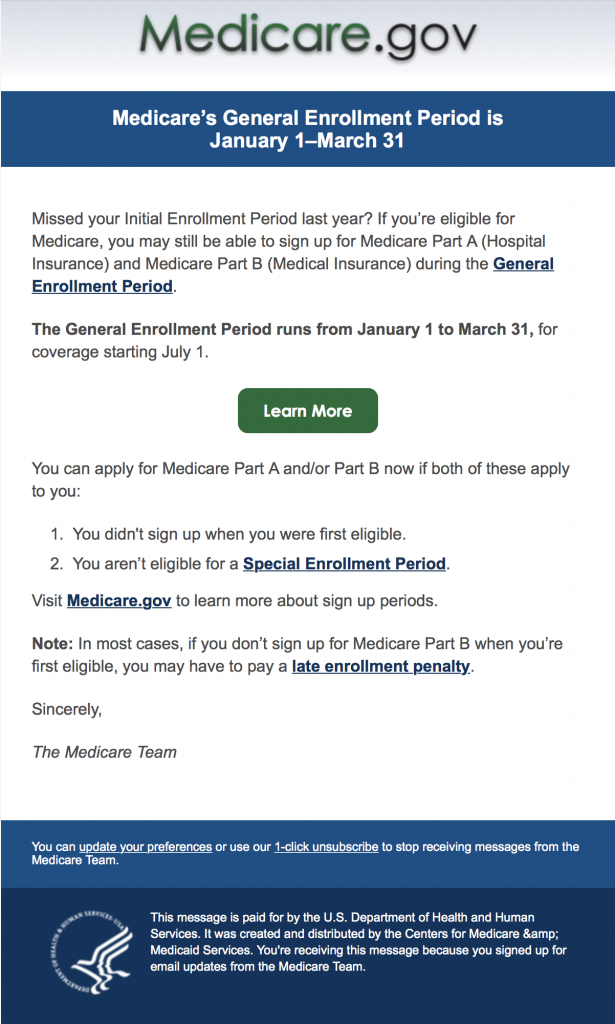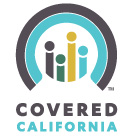
What American Indian and Alaska Native Parents Need to Know
The federal government provides for medical access for a variety of people through federal health insurances like Medicaid, Medicare, and the Children’s Health Insurance Program (CHIP). Medicare provides health coverage to people who are 65 or older, certain younger people with disabilities, and people with end-stage renal disease (permanent kidney failure requiring dialysis or a transplant, sometimes called ESRD). Medicaid provides health coverage to more than 50 million children, families, pregnant women, the elderly, and people with disabilities. CHIP provides free or low-cost health coverage for more than seven million children up to age 19. CHIP covers U.S. citizens and eligible immigrants.
The Affordable Care Act (ACA) is a federal law with the simple aim to “bring access to healthcare to all.” Native communities and parents will be in a position to enroll their families (youth and children) in a healthcare coverage (insurance) program providing a financial source to pay for health care services for those who qualify by income.
FREQUENTLY ASKED QUESTIONS
1. What is health insurance?
Health insurance is a little like car insurance. For car insurance, you pay a fee to the insurance company and they pay a portion of the costs if your car is wrecked. It works the same way with health insurance. You pay a fee, the insurance plan will pay for a portion of your costs of visits to the doctor, emergency room and hospital stays, medical tests, and prescription drugs. Health insurance companies offer several types of plans that cover different health services.
Visit www.nativeexchange.org to get more information.
2. Why would I want to buy health insurance for my family? I thought the Indian Health Service was the place I could get health care for my family.
The Indian Health Service (IHS) is not an insurance program. Rather, it is the federal government’s trust responsibility to provide health care services to American Indians and Alaska Natives (AIs/ANs) and is a chronically underfunded agency. Congress provides IHS with only 40%–55% of the funds they need each year to meet the health needs for AI/AN people. With this amount of funding, the IHS cannot provide all of the health care that AI/AN people need. Enrolling in an
Affordable Care Act insurance program will provide you and your family with more choices for services and providers of services. Not only will you have more options about where you receive your health service, but this will also allow you and your family to see a provider sooner rather than later. If you enroll in a health insurance plan through the Health Insurance Marketplace, you can still get (or keep getting) services from the IHS, tribal health programs, or urban Indian health programs. In fact, your IHS or tribal clinic will be able to bill your insurance and be able to make up for some of the underfunding, which may lead to maintaining or expanding services to your community.
3. How will this help if my child needs counseling or treatment for emotional problems or substance abuse?
First and of great importance, any child eligible and enrolled in Medicaid or CHIP cannot be refused coverage due to a health condition or pre-existing condition. Second, the mental health or substance abuse counselor will provide an evaluation to establish medical necessity, which triggers payment from Medicaid or CHIP. When you look in the Health Insurance Marketplace to find the coverage that is right for your child, be sure to ask about the following:
- Number of counseling sessions (individual, group, family)
- Family involvement
- Education
- Fees or co-pays
4. I’m a citizen of a federally recognized tribe. What does that mean in this process of health insurance enrollment?
If you are a citizen of a federally recognized tribe, you need to provide documentation issued by a federally recognized tribe that shows citizenship (enrollment) in that tribe. Citizenship will qualify you and your family for an insurance plan in the Health Insurance Marketplace with the following protections:
No copayments or other cost-sharing if your yearly income is below a certain level—around $70,650 for a family of 4 in 2013 ($88,320 for the same family in Alaska). When you fill out a Marketplace application, you’ll find out if you qualify for these lower costs.
For AIs/ANs with health insurance, there is never any cost-sharing (also called a co-pay or co-payment) when you get your services from your tribal or IHS clinic.
If you qualify for Medicaid or CHIP—and you’re eligible for or have received services from the IHS, tribal health programs, or urban Indian health programs—you will not have to pay Medicaid or CHIP fees, enrollment fees, and out-of-pocket costs. Indian trust income is not counted when determining Medicaid eligibility.
To get more familiar with these protections and benefits, please visit https://www.healthcare.gov/if-im-an-american-indian-or-alaska-native-what-do-i-need-to-know-about-the-marketplace/.
5. What is a Health Insurance “Marketplace” and how do I get to it?
A Health Insurance Marketplace is where individuals can buy health insurance for themselves and their families; small businesses can buy health insurance for their employees, and tribes can buy health insurance for their citizens. There will be Health Insurance Marketplace, also known as an “Exchange,” in each state operated by the state or federal government— for more information go to www.healthcare.gov or call 1-800-318-2596 (available 24 hours a day, 7 days a week).
Do not be intimidated by the prospect of exploring the Health Insurance Marketplace in your state. You can expect that:
People at your tribal or IHS clinic can help you access the Exchange website.
You will be asked a few questions to help in qualifying you and your family for the best insurance choices.
The information you provide will assist the Health Insurance Marketplace team to determine if you are eligible for Exchange plans or other programs, such as Medicare, Medicaid, and CHIP.
Information from your federal income tax will be used to determine whether you qualify for programs that reduce or eliminate the cost of health insurance, like Medicaid and Medicare.
After you see what programs are available, you can decide whether you want to enroll.
Enrollment can be done on the website, by phone, or through an enrollment counselor at the tribal or IHS clinic.
6. What benefits will my family and I have with this insurance?
These essential health benefits include at least the following items and services:
- Ambulatory patient services (outpatient care)
- Emergency services
- Hospitalization
- Maternity and newborn care
- Mental health and substance use disorder services, including behavioral health treatment (e.g., counseling and therapy)
- Prescription drugs
- Laboratory services (e.g., blood tests)
Essential health benefits are minimum requirements for all plans in the Marketplace. Plans may offer additional coverage. You will see exactly what each plan offers when you compare them side-by-side in the Marketplace.
Click here to download this One-sheet for information.
